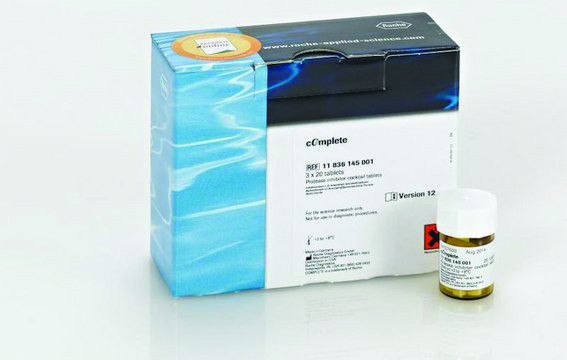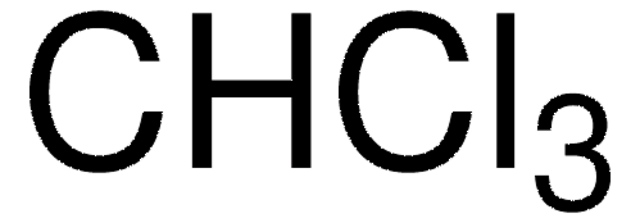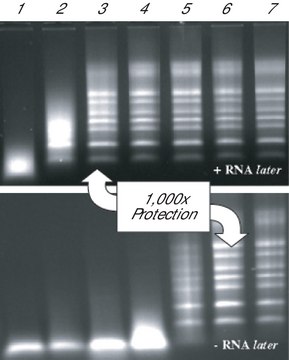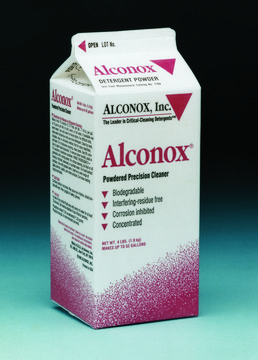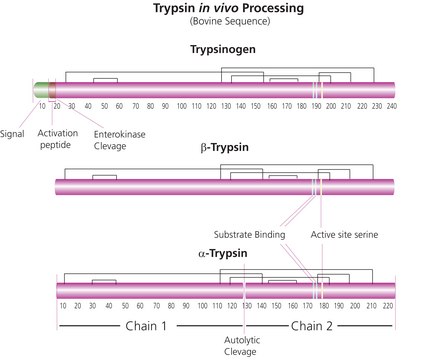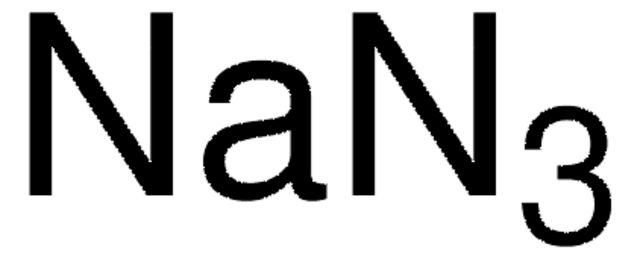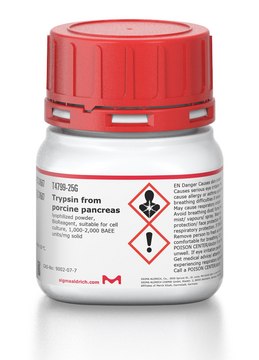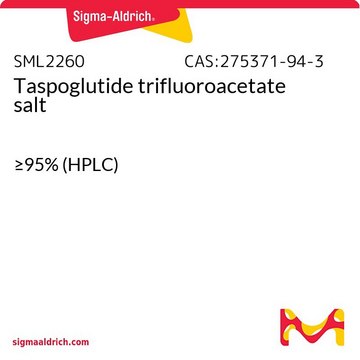SAB4700079
Monoclonal Anti-CD7 antibody produced in mouse
clone MEM-186, purified immunoglobulin, buffered aqueous solution
Synonym(s):
Anti-GP40
Sign Into View Organizational & Contract Pricing
Select a Size
Change View
1 MG
RM 567.00
About This Item
UNSPSC Code:
12352203
NACRES:
NA.41
RM 567.00
Check Cart for Availability
Recommended Products
biological source
mouse
Quality Level
conjugate
unconjugated
antibody form
purified immunoglobulin
antibody product type
primary antibodies
clone
MEM-186, monoclonal
form
buffered aqueous solution
species reactivity
human
concentration
1 mg/mL
technique(s)
flow cytometry: suitable
isotype
IgG1
NCBI accession no.
UniProt accession no.
shipped in
wet ice
storage temp.
2-8°C
Gene Information
human ... CD7(924)
General description
The MEM-186 antibody reacts with CD7, a 40 kD type I transmembrane glycoprotein expressed on peripheral blood T lymphocytes, NK-cells, hematopoietic progenitors, monocytes (weakly) and also on acute lymphocytic leukemia.
Immunogen
Human acute myelogenous leukaemia cell line KG-1
Application
The reagent is designed for Flow Cytometry analysis. Suggested working dilution for Flow Cytometry is 2 μg/mL of sample. Indicated dilution is recommended starting point for use of this product. Working concentrations should be determined by the investigator.
Features and Benefits
Evaluate our antibodies with complete peace of mind. If the antibody does not perform in your application, we will issue a full credit or replacement antibody. Learn more.
Physical form
Solution in phosphate buffered saline, pH 7.4, with 15 mM sodium azide.
Disclaimer
Unless otherwise stated in our catalog or other company documentation accompanying the product(s), our products are intended for research use only and are not to be used for any other purpose, which includes but is not limited to, unauthorized commercial uses, in vitro diagnostic uses, ex vivo or in vivo therapeutic uses or any type of consumption or application to humans or animals.
1 of 4
This Item | G7923 | T7830 | SML2260 |
|---|---|---|---|
| assay ≥97% (HPLC) | assay ≥95% (HPLC) | assay >98% (HPLC) | assay ≥95% (HPLC) |
| Quality Level 100 | Quality Level 100 | Quality Level 100 | Quality Level - |
| form lyophilized powder | form lyophilized | form lyophilized powder | form lyophilized powder |
| storage temp. −20°C | storage temp. −20°C | storage temp. −20°C | storage temp. −20°C |
| color white | color white | color white to tan | color white to beige |
Still not finding the right product?
Try our Product Selector Tool to narrow your options
Storage Class Code
10 - Combustible liquids
Flash Point(F)
Not applicable
Flash Point(C)
Not applicable
Choose from one of the most recent versions:
Already Own This Product?
Find documentation for the products that you have recently purchased in the Document Library.
Nidhi Mishra et al.
European journal of medicinal chemistry, 43(7), 1530-1535 (2007-11-06)
The synthesis of novel 1,3-diaryl propenone derivatives and their antimalarial activity in vitro against asexual blood stages of human malaria parasite, Plasmodium falciparum, are described. Chalcone derivatives were prepared via Claisen-Schmidt condensation of substituted aldehydes with substituted methyl ketones. Antiplasmodial
Adeeb El-Dahshan et al.
Organic letters, 9(6), 949-952 (2007-02-20)
C-Acylations of polymer-supported 2-phosphoranylidene acetates ("linker reagents") with protected amino acids yielded 2-acyl-2-phosphoranylidene acetates as flexible intermediates for the C-terminal variation of carboxylic acids: peptidyl-2,3-diketoesters, peptidyl vinyl ketones, peptidyl-2-ketoaldehydes, and 1,3-diamino-2-hydroxy-propanes were obtained as products. [reaction: see text]
Nicholas T Nolan et al.
Journal of hazardous materials, 211-212, 88-94 (2011-10-04)
In order to study the visible light photocatalytic activity of nitrogen doped titanium dioxide, the interaction between nitrogen dopant sources and titania precursors during sol-gel synthesis is investigated. N-TiO(2) was synthesised using the sol-gel method using 1,3-diaminopropane as a nitrogen
